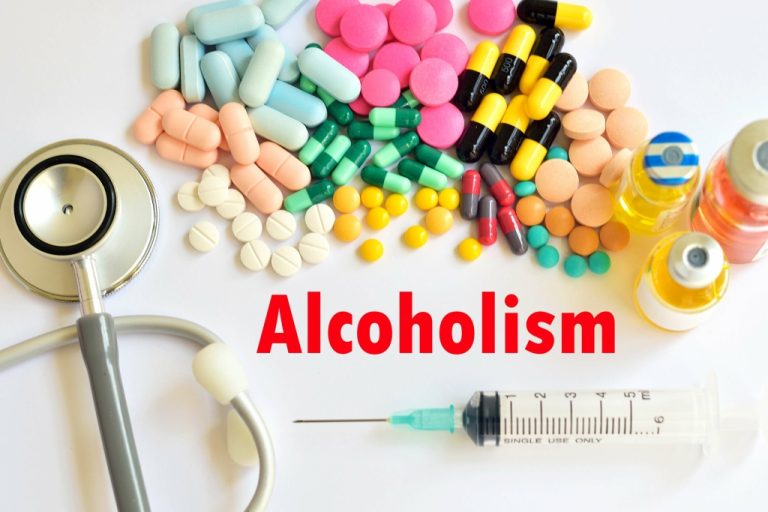At the same time, moving to rehab can how to choose a sober living be an incredibly lonely experience as you leave friends, family, and your home behind. Failing a drug test can be a stressful and life-changing event, especially if it happens at work. Drug tests are often required by employers to maintain a safe and productive work environment. But if you fail, it could lead to consequences that impact your job and future opportunities.

How Do I Choose a Sober Living Program?
House rules in sober living homes are designed to create a stable and supportive environment for residents. These rules often include curfews, mandatory attendance at drug addiction treatment house meetings, participation in chores, and adherence to sobriety requirements. Such guidelines help maintain order and accountability, which are crucial for individuals transitioning from destructive living environments to structured sober living spaces. By following these rules, residents can establish routines that support their recovery and contribute to housing stability. The Journal of Substance Abuse Treatment highlights the importance of structured living environments in promoting successful outcomes in addiction recovery. Sober living houses, or SLHs, provide continuing care after intensive treatment programs but New Life House also serves men who have never been to a primary treatment facility.

Level III: Supervised Homes:
- If you or someone you care about needs ongoing support after rehab, sober living could be a great option for lasting sobriety and a better future.
- Understanding how sober living works is essential for those considering this option for themselves or their loved ones.
- This includes mandatory curfews, assigned chores, and participation in therapeutic meetings.
- If you’ve never heard of sober living, then you’re probably asking yourself the question, what is a sober living house?
Living with others who share the same goals creates a supportive community where everyone helps each other stay sober. Since the residents pay rent and clean the home, everything is managed through a team effort. There are no official treatment programs in most sober living homes, but residents may either be strongly suggested or required to attend 12-step group meetings regularly. In some cases, a resident may decide to attend individualized counseling or another type of group therapy instead, but this is usually on a case-by-case basis.
- Every month, 150,000 people search for addiction or mental health treatment on Recovery.com.
- If you and your medical professionals agree that you’re still benefiting from the program, then you should be able to continue on without issue.
- Anyone who is being discharged successfully from an inpatient rehab setting should consider transitioning to a sober living home.
- Therapeutic Communities (TCs) are an example of level four sober home living.
Teen & Young Adult Treatment Tracks

Recovering https://nobannotv.com/sober-living/life-expectancy-of-alcoholics-how-alcohol-shortens/ from addiction requires true dedication, courage, and a supportive setting that promotes growth and healing. They provide a safe and encouraging environment where individuals can live alongside other sober people after treatment ends. They act as a bridge between treatment and returning to everyday life, offering the structure and support needed to navigate this transition successfully. Residents benefit from a built-in community of individuals2 who are also in recovery. Living with peers who share similar struggles fosters mutual support, encouragement, and accountability.
